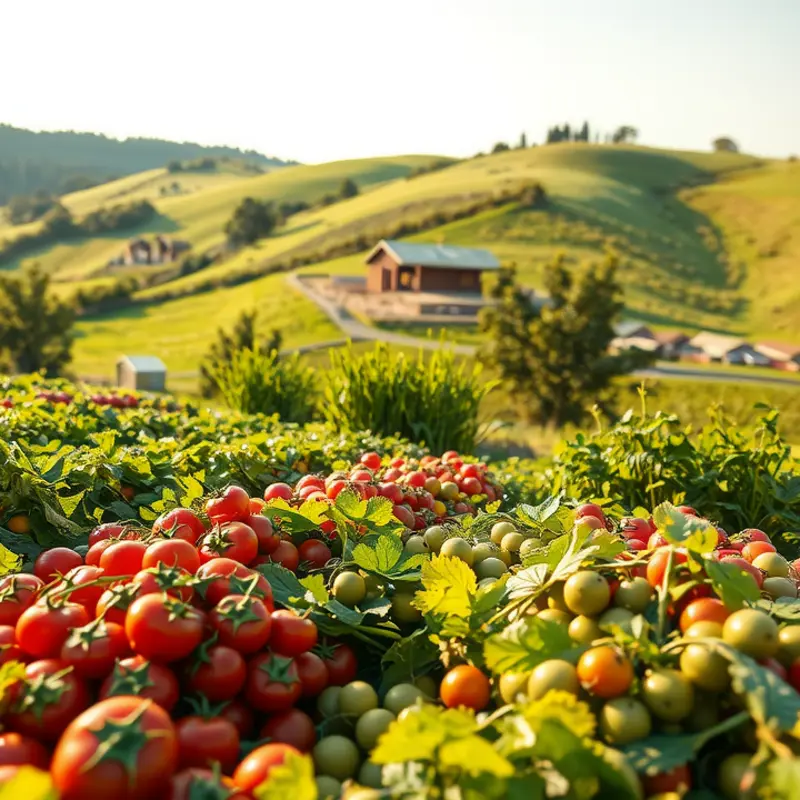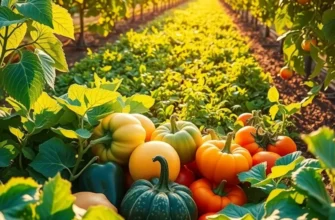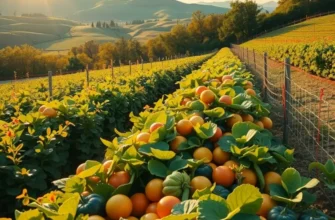Choosing sustainable seafood at home goes beyond just being environmentally conscious; it’s a commitment to bettering our oceans and supporting responsible fishing practices. With the seafood industry becoming one of the most impactful contributors to environmental degradation, understanding how to select, prepare, and enjoy sustainable seafood is vital. This guide is crafted for those keen to make eco-friendly food choices while savoring the flavors of the ocean responsibly.
Navigating Seafood Labels: What They Really Mean

Choosing sustainable seafood begins with understanding labels. The terms ‘wild-caught’ and ‘farmed’ tell us about the origin of the seafood. However, their sustainability isn’t solely determined by the fishing method.
Wild-caught indicates fish harvested from natural habitats, using methods like trawling, long-lining, or gillnetting. These techniques vary widely in their environmental impact. For instance, bottom trawling can damage the seafloor, whereas pole-and-line fishing tends to be more selective and less harmful to marine ecosystems. If you’re curious about quick ways to prepare seafood for dinner, check our speedy seafood prep guide.
On the other hand, farmed or aquaculture-raised seafood might suggest a controlled and less destructive process. Yet, the reality is nuanced. Some fish farms can pollute local waters with waste and chemicals, while integrated and well-managed systems can be eco-friendly alternatives to wild fisheries.
Certifications provide valuable guidance in deciphering these labels. Look for marks like the Marine Stewardship Council (MSC) certification, which identifies seafood from well-managed fishery practices committed to sustainability. Similarly, the Aquaculture Stewardship Council (ASC) offers certification for responsibly farmed seafood, focusing on water quality, disease control, and habitat protection.
Know the certifications:
- The MSC blue label is a trusted indicator of sustainable fishing practices, adherence to quotas, and minimal ecosystem disruption.
- The ASC label guarantees that the fish comes from farms respecting stringent environmental and social criteria.
- The Best Aquaculture Practices (BAP) certification encompasses the entire production chain, ensuring that facilities limit environmental impacts while meeting strict animal welfare and worker safety standards.
Beyond certifications, common terms on labels like ‘organic’ or ‘natural’ do not always equate to sustainability. For instance, ‘natural’ could imply minimal processing but doesn’t guarantee sustainable sourcing.
Fishing methods and their impacts:
- Trawling can be destructive, often capturing unintended species, known as bycatch, which is then discarded.
- Trap and line or dive harvesting significantly reduce bycatch, making them more sustainable.
- Fish aggregating devices (FADs), used in some tuna fisheries, can attract unintended species, increasing bycatch risks.
To shop more consciously, research the origin of your seafood and choose products with credible certifications. Question the sustainability of ‘wild-caught’ vs. ‘farmed,’ understanding that each can be more or less sustainable depending on practices. By doing so, you contribute to a healthier planet, ensuring future generations can enjoy ocean-friendly meals as well.
As you enhance your knowledge on sustainable choices, consider integrating eco-conscious behaviors into other aspects of your culinary journey for a fully eco-smart kitchen approach.
Cooking and Enjoying Sustainable Seafood: Tips and Recipes

Embracing sustainable seafood in your home kitchen involves not only choosing the right seafood but also knowing how to prepare it to maximize its flavor and nutritional benefits. Here are some essential tips to elevate your culinary experience with sustainable seafood.
Start by choosing the right cooking method. Each type of seafood thrives with specific preparations. For tender and delicate fish like sole or flounder, steaming or poaching preserves the subtle flavors. Dense fish like salmon or tuna, rich in healthy fats, are perfect for grilling or searing, providing a caramelized crust while maintaining juiciness. If you seek simpler methods, baking is versatile, accommodating whole fish with herbs and lemon slices for a fragrant aroma.
Marinades can infuse seafood with additional flavor. A classic marinade of olive oil, lemon juice, garlic, and fresh herbs like dill or cilantro complements most seafood. For an Asian twist, combine soy sauce, ginger, and sesame oil. It’s crucial to marinate seafood briefly; 15 to 30 minutes is usually enough to enhance taste without overpowering the seafood’s natural essence.
Pairing seafood with complementary ingredients enhances not just flavor but nutritional value. Consider serving oily fish like mackerel with a citrusy salad; the vitamin C in citrus fruits aids the absorption of omega-3 fatty acids. Whole grains, such as quinoa or brown rice, provide a hearty base, while nutrient-dense vegetables like broccoli or kale add color and texture.
Explore creative recipes that highlight sustainable choices. Consider a vibrant shrimp ceviche with lime, avocado, and tomatoes for a refreshing appetizer. For a main course, try baked cod with a crust of panko breadcrumbs and chopped nuts, adding a crunchy contrast to the tender fish. Innovative dishes can be simple yet impressive, encouraging eco-friendly choices without sacrificing taste or convenience.
The key is simplicity. Avoid overpowering sustainable seafood with heavy sauces. Instead, consider light, flavorful sauces that accentuate rather than mask the taste. Check out an easy sauce simmering guide for ideas that complement your seafood dishes beautifully.
By thoughtfully preparing sustainable seafood, you ensure each meal celebrates the ocean’s offerings while safeguarding its future. As you experiment with these techniques and recipes, you’ll find that eco-conscious dining is both rewarding and delicious, fostering a deeper connection to the source of your meals.
Final words
Choosing sustainable seafood is more than a dietary decision; it reflects a commitment to the health of our oceans and the planet as a whole. Armed with knowledge about seafood labels and inspired to create delicious meals, you can influence the market by demanding more eco-friendly options. Every meal prepared with sustainable seafood supports ethical practices and drives positive change. The journey toward sustainability is collective; by making conscious choices in your kitchen, you’re contributing to a more balanced ecosystem and preserving marine life for generations to come.








